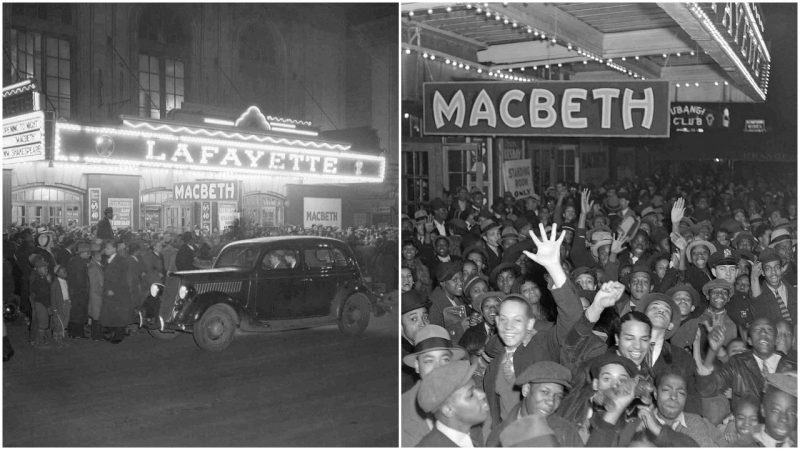The Lafayette Theatre was a shining diamond which once found its place at 132nd Street and 7th Avenue in iconic Harlem, New York. The theater operated from 1912 to 1953 and was locally known as “the House Beautiful”. It was by far one of the most popular theaters in Harlem.
A two-storey building, it had the capacity to host 1,500 guests and was designed by architect Victor Hugo Koehler in the Renaissance style. The architect also added two more three-story buildings, that flanked from the sides of the theater on the corners of 131st and 132nd Streets. The venue was opened in November 1912, and in 1913 it became the first major theater to not segregate African-American guests who were visiting; they were allowed to sit in orchestra seats instead of the balcony, which was the case in the majority of other New York theaters.
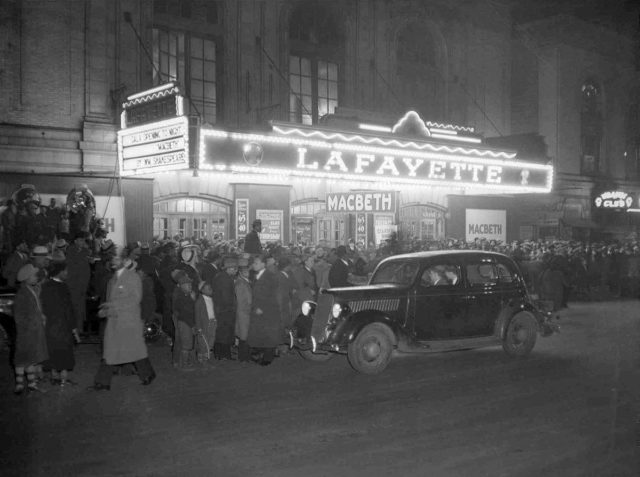
The theater attracted eminent figures like Anita Bush who was a pioneer in African American theater. She went on to form an all-Black group that performed Broadway plays, an idea she had had after seeing a show at Lincoln Theater in Harlem. Through this group, Bush wanted to eradicate popular racial stereotypes of African Americans as confined to being singers, dancers or slapstick comedians; she believed that Blacks could do the same things as whites could.
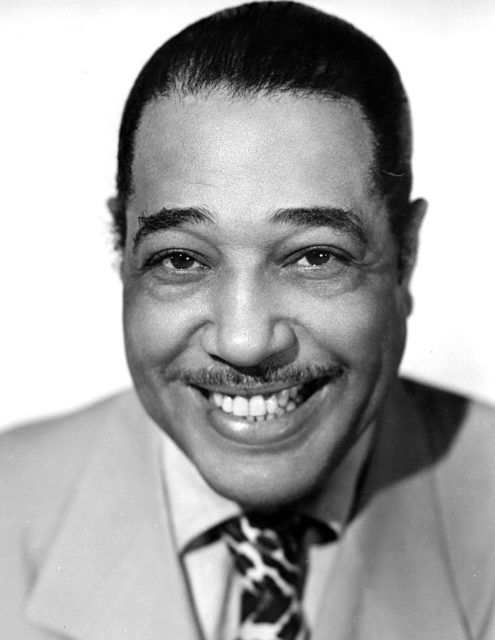
Her group was called the Bush Players and it was a notable one, performing for two years at Lincoln Theater. Then, she was asked to change the name of the group to the Lincoln Players, but she refused and instead, took her group to a rival theater which was the Lafayette Theater. In 1916, Anita sold the company to “the House Beautiful” and one of the group actors, Charles S. Gilpin took over the players and helped establish the Lafayette Players Stock Company. This was the first legitimate Black stock company in Harlem.
In between 1916 and 1919, the Lafayette Theater attracted huge crowds. Some plays were exclusively played in front of all African-American audiences. The repertoire was rich, and the plays were exquisite in quality. Broadway hits were also being staged, such as Madame X, and Dr. Jekyll and Mr. Hyde. These were times of groundbreaking work with African-American actors above all, and whites were also regular guests at the performances.
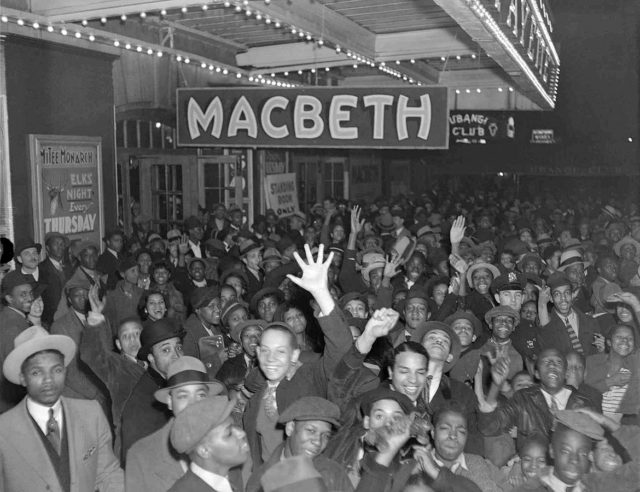
The Lafayette Theater reached its peak of fame with the premiere of Voodoo Macbeth, a production of Shakespeare’s Macbeth, adapted and staged by the American actor, director, writer, and producer, Orson Welles. The show was performed from April 14 to June 20, 1936, and it had an all African-American cast. The Shakespeare adaption was produced within the Federal Theatre Project and some notable actors featured Canada Lee and Rose McClendon.
In the play, the setting for the story was changed, from Scotland to a fictional Carribean island situated near Haiti. The name was triggered from the rich voodoo and witchcraft imagery in the original version of Shakespeare.
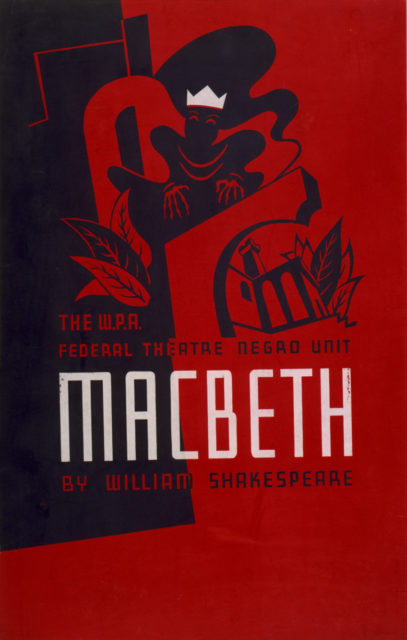
The glorious days of “the House Beautiful” finished once the venue was acquired by Williams Institutional Christian Methodist Episcopal Church in 1951. The front of the original building was replaced in 1990, angering a lot of people who subsequently lobbied for its historic preservation.
It was demolished in 2013, and today, an eight-story apartment building called the Lafayette sits in its place on the site.
